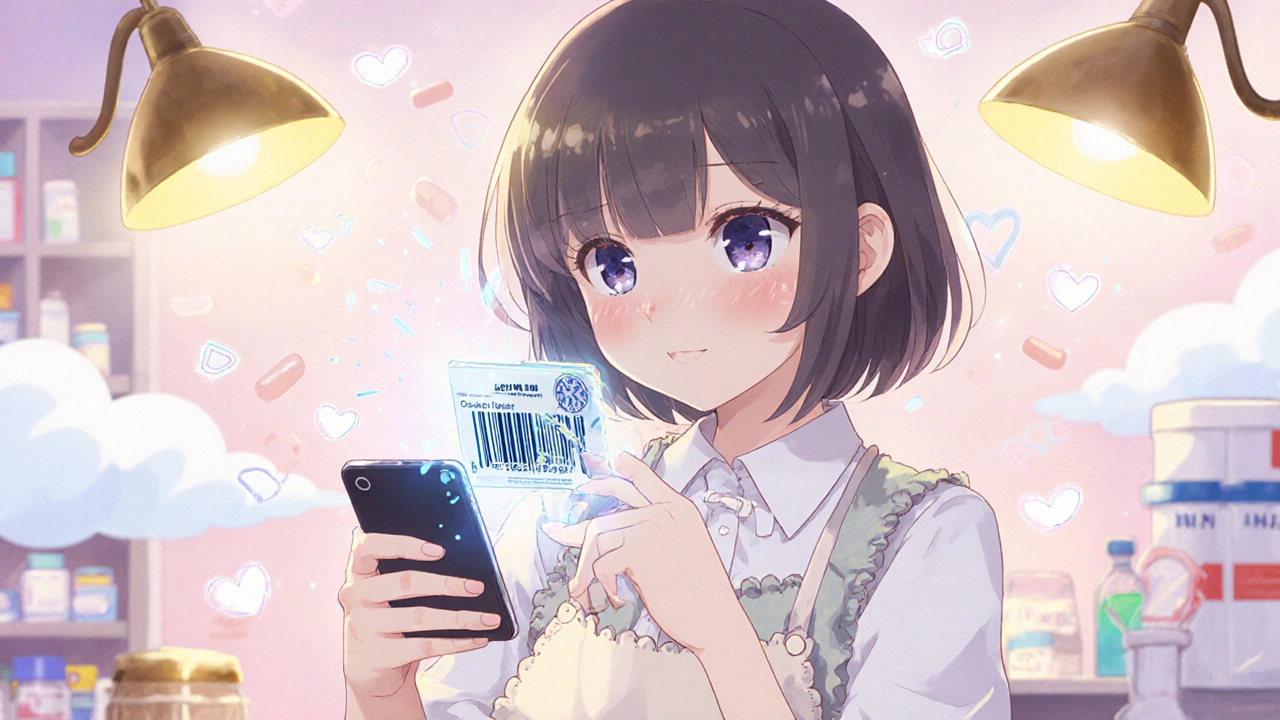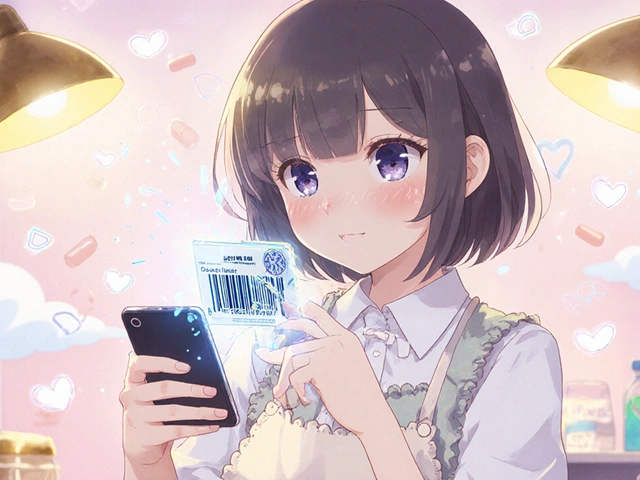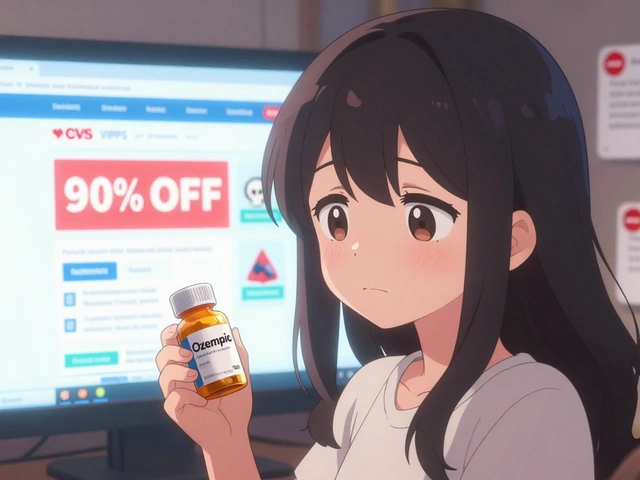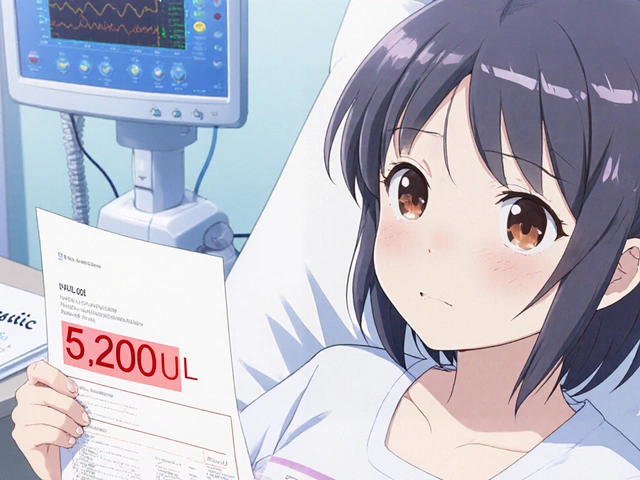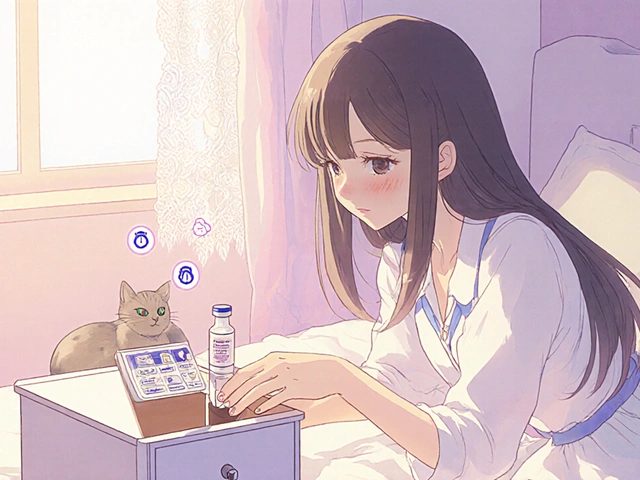Every year, millions of people around the world take medicines that don’t work-or worse, harm them-because they’re counterfeit. The World Health Organization estimates that 1 in 10 medical products in low- and middle-income countries is fake. Even in high-income nations, fake pills show up in online pharmacies, street markets, and sometimes even legitimate supply chains. The stakes couldn’t be higher: counterfeit drugs might contain no active ingredient, the wrong dose, or toxic substances like rat poison or cement. Knowing how to verify drug authenticity isn’t just a safety tip-it’s a life-saving skill.
Why Drug Counterfeiting Is a Global Crisis
Counterfeit medicines aren’t just a problem in developing countries. They’re a global issue fueled by online sales, weak regulation, and complex supply chains. The OECD puts the annual value of fake pharmaceuticals at over $200 billion. These aren’t just ineffective pills-they’re dangerous. The FDA warns that counterfeit drugs may contain the wrong ingredients, incorrect dosages, or harmful contaminants. In some cases, fake antibiotics have led to treatment failures and drug-resistant infections. Fake cancer drugs have killed patients who believed they were receiving life-saving therapy. The problem is growing. The global market for pharmaceutical authentication technologies is projected to hit $5.43 billion by 2027. That’s because regulators, pharmacies, and patients are finally pushing back. But knowing what tools to use-and which ones actually work-isn’t obvious.Official Systems: EU FMD vs. US DSCSA
Two major regulatory frameworks dominate drug verification: the European Union’s Falsified Medicines Directive (FMD) and the U.S. Drug Supply Chain Security Act (DSCSA). They look similar on paper, but their real-world impact is very different. The EU FMD, which went live in February 2019, requires every medicine package to have a unique 12-digit serial code printed on a 2D barcode. Before a pharmacist gives you a pill, they scan it. The system checks that code against a central European database. If it’s valid, the package is released. If it’s been tampered with, duplicated, or never existed, the system flags it. A 2018 study found that 70% of NHS pharmacists found this system quick and easy to use. It’s mandatory, 100% verified, and works at the point of sale to the patient. The U.S. DSCSA, on the other hand, only requires verification at each step of the supply chain-manufacturers to wholesalers, wholesalers to distributors, distributors to pharmacies. There’s no requirement to scan your medicine when it’s handed to you. That’s a major gap. The FDA admitted in its 2022 Supply Chain Security Report that this leaves patients vulnerable. Starting in 2027, the FDA plans to close that gap by requiring pharmacies to verify drugs at the point of dispensing. Until then, U.S. patients have no official system to check their pills before taking them.How to Check Your Medicine: Tools for Patients and Professionals
If you’re a patient, here’s what you can do right now:- Look for a 2D barcode on the box or blister pack. It should be clear, not smudged, and not easily peeled off.
- Use your smartphone to scan the barcode. Many countries have official apps tied to national verification systems. In the EU, the system is called the European Medicines Verification System (EMVS). In some African countries, you can send an SMS with a code from the package to a short number.
- Check packaging inconsistencies. Fake drugs often have misspelled names, poor print quality, mismatched colors, or missing holograms. Compare the box to images on the manufacturer’s official website.
- Buy only from licensed pharmacies. Avoid websites that don’t require a prescription, offer drugs at 80% off, or don’t list a physical address.
- Scan serial codes using a 2D barcode scanner connected to the national verification hub (like the EU Hub or the U.S. DSCSA system).
- Use handheld spectrometers. Devices from Thermo Fisher and Agilent use near-infrared (NIR) or Raman spectroscopy to analyze the chemical signature of a pill. These tools can detect fake active ingredients even if the packaging looks perfect. Accuracy has improved from 78% in 2018 to 92% in 2022.
- Check for molecular taggants. Some drugs now have invisible chemical markers added during manufacturing. These can’t be copied easily and are verified using special readers. Pfizer and other top manufacturers are rolling these out globally.

What Works Best? Accuracy and Limitations
Not all verification methods are created equal. Here’s how they stack up:| Method | Accuracy | Where It Works | Limitations |
|---|---|---|---|
| EU FMD Serialization | 99.2% | EU member states, pharmacies | Requires full infrastructure; not available in the U.S. at point of sale |
| Smartphone QR Scanning | 92% | Global, consumer-facing | Depends on network; fake apps exist; can’t detect chemical tampering |
| Handheld Spectroscopy (NIR/Raman) | 85-92% (field) | Hospitals, clinics, regulatory inspectors | Expensive ($5k-$20k); needs training; calibration required |
| SMS-Based Verification | 68% | Africa, parts of Asia | Fails where mobile networks are weak |
| Molecular Taggants | 99.9% | Top pharmaceutical companies | Increases cost by $0.03-$0.15 per unit; not available for all drugs |
| Blockchain Verification | 94.3% | Large pharma companies | Requires $2.7M+ IT investment; not accessible to small pharmacies |
Even the best tools have limits. Dr. Sarah Thompson from Pfizer says, “It really takes laboratory testing to confirm 100% if a medication is authentic.” That’s why no consumer tool is foolproof. But combining methods-like scanning a barcode and checking packaging-drastically reduces risk.
What’s Coming Next?
The future of drug verification is getting smarter. The FDA and USP are building a public library of spectral data for 1,200 essential medicines by 2025. This means anyone with a handheld spectrometer will soon be able to compare a pill’s chemical fingerprint against a trusted database. AI is also entering the game. Pilot programs in 23 NHS hospitals are using machine learning to spot unusual patterns in verification data-like a sudden spike in failed scans from a single batch. Early results show a 40% improvement in catching fake drugs before they reach patients. And new technologies are on the horizon. Alveron Pharma is testing DNA barcodes embedded directly into pills. These are microscopic, impossible to copy, and readable with a simple UV light. Pfizer has already deployed blockchain-integrated serialization in 17 countries with 99.8% accuracy.What You Can Do Today
You don’t need a lab or a $10,000 device to protect yourself. Here’s your simple action plan:- Always buy medicine from licensed pharmacies-online or in person.
- Check for a 2D barcode or unique serial number on the packaging.
- Use your phone to scan it if your country has an official app.
- Compare the pill’s color, shape, and markings to the manufacturer’s website.
- If something looks off, don’t take it. Contact your pharmacist or local health authority.
Remember: if the price seems too good to be true, it probably is. If the website doesn’t ask for a prescription, walk away. And if you’re ever unsure, call your doctor or pharmacist. They’ve seen fake drugs before-and they know how to spot them.
Frequently Asked Questions
How can I tell if my medicine is fake just by looking at it?
Look for signs like blurry printing, misspelled names, mismatched colors, or packaging that feels cheap. Fake pills often have inconsistent shapes or sizes. Compare the pill to images on the official manufacturer’s website. But remember-some fakes are nearly perfect. The only way to be sure is to scan the serial code if available.
Can I use a smartphone app to verify my prescription?
Yes, but only if you’re in a country with an official system. In the EU, the EMVS portal lets you scan codes via a dedicated app. In some African countries, you can SMS a code from the package. In the U.S., no official app exists yet because the DSCSA doesn’t require patient-level verification. Be cautious of third-party apps-they might be fake.
Why doesn’t the U.S. scan drugs at the pharmacy like the EU does?
The U.S. Drug Supply Chain Security Act (DSCSA) only requires verification at each transfer point between manufacturers, distributors, and pharmacies-not at the point of sale to the patient. This was a compromise to reduce costs and complexity. But the FDA admitted this leaves patients unprotected. A new rule proposed in 2023 will require pharmacies to verify drugs at dispensing by 2027.
Are expensive drugs more likely to be counterfeit?
Yes. High-value drugs like cancer treatments, diabetes medications, and erectile dysfunction pills are the most commonly counterfeited because they’re profitable. Fake versions of drugs like Viagra, Humira, and Herceptin are widespread. But counterfeit antibiotics and painkillers are also common and just as dangerous.
What should I do if I think I’ve taken a fake drug?
Stop taking it immediately. Contact your pharmacist or doctor. Save the packaging and any receipts. Report it to your national drug regulatory agency-in the U.S., that’s the FDA’s MedWatch program. If you’re outside the U.S., check with your country’s health ministry. Even if you feel fine, fake drugs can cause long-term damage.

